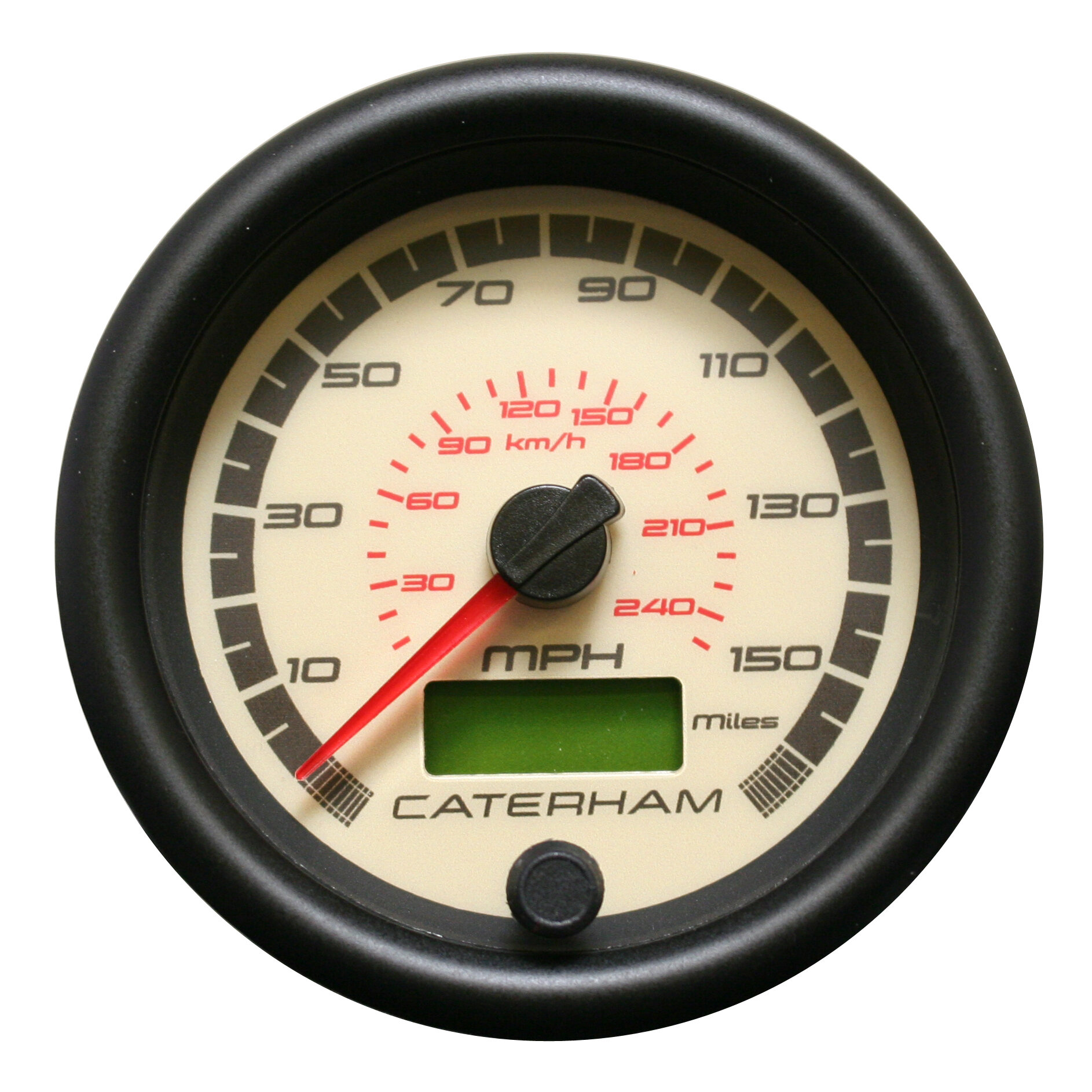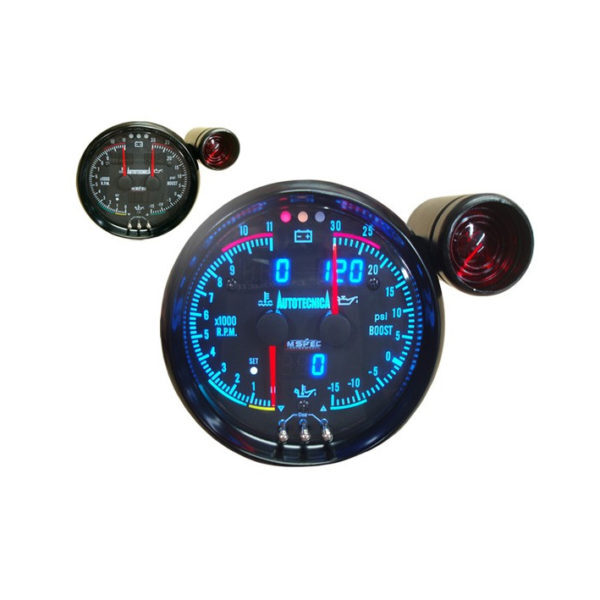Exactly How a Tachometer Aids Screen Engine Health and Performance
Exactly How a Tachometer Aids Screen Engine Health and Performance
Blog Article
The Significance of a Tachometer in Monitoring Engine Speed and Performance in Automotive Applications
In the realm of automobile design, the tachometer stands as an essential instrument in the motorist's collection, providing a straight home window into the internal functions of a vehicle's engine. Beyond its function as a plain scale of revolutions per min (RPM), the tachometer offers as a vital tool for enthusiasts and specialists alike, offering real-time insights right into engine efficiency and wellness.
Importance of Monitoring Engine RPM
Keeping an eye on engine RPM, or revolutions per minute, is a critical element of automotive upkeep and efficiency assessment. Engine RPM straight correlates with the rate at which the engine's crankshaft turns, indicating just how quickly the engine is running.
Moreover, keeping track of engine RPM is crucial for efficiency assessment in auto racing and high-performance lorries. In summary, checking engine RPM is not just crucial for finding concerns yet also for enhancing engine performance in numerous automotive applications.

Advantages of Real-Time Information
In vehicle applications, real-time information plays a vital duty in giving instantaneous insights into the performance and condition of the automobile. By continuously keeping an eye on different specifications such as engine rate, temperature, fuel consumption, and extra, real-time data provides various benefits that add to boosted performance and safety when driving.
Additionally, real-time data promotes efficiency optimization by offering prompt responses on driving routines and engine effectiveness. Chauffeurs can adjust their actions in real-time based on this details to achieve far better fuel economic climate and prolong the lifespan of their vehicle.

Moreover, real-time information plays a vital function in modern vehicle diagnostics, allowing service technicians to rapidly diagnose and address breakdowns. This leads to lowered downtime, lower maintenance costs, and ultimately, improved general automobile dependability and long life (tachometer). By taking advantage of the power of real-time information, automobile stakeholders can make enlightened choices that favorably influence both the efficiency and long life of the automobile
Effect On Gear Shifts
The tachometer plays a vital role in enhancing equipment shifts by supplying real-time engine rate data to the vehicle driver. When coming close to the redline on the tachometer, it signals the driver to upshift look what i found to stop over-revving the engine and triggering prospective damages.
Moreover, the tachometer help in attaining smoother gear shifts, especially in hands-on transmissions. By monitoring engine rate, drivers can perform equipment changes at the optimal RPM variety, minimizing jerking motions and lessening endure the transmission elements. This precision in gear adjustments not just improves driving convenience however also adds to sustain effectiveness.
Enhancing Fuel Effectiveness
Provided the critical duty the tachometer plays in enhancing gear shifts for efficiency and engine health, it straight adds to optimizing gas efficiency in auto applications. By offering real-time comments on engine speed, the tachometer aids chauffeurs in preserving the most efficient RPM array for gas economic situation. When drivers continually keep an eye on the tachometer and adjust their motoring routines as necessary, they can prevent unneeded fuel usage created by over-revving or hauling the engine.
In addition, the tachometer aids vehicle drivers identify one of the most fuel-efficient gear to be in at any type of given moment, stopping the engine from functioning more difficult than necessary. This is particularly critical during velocity and travelling, where being in the ideal gear can considerably influence gas performance. Furthermore, the Visit This Link tachometer can signal vehicle drivers to possible mechanical concerns that can be adversely affecting gas economic climate, such as a sliding clutch or a stopped up air filter. In conclusion, the tachometer functions as a valuable tool in boosting gas effectiveness by promoting optimal driving practices and recognizing areas for improvement in the automobile's efficiency.

Optimizing Engine Longevity
The tachometer's function in checking engine rate and efficiency is instrumental in making sure the longevity of automobile engines. By utilizing the tachometer effectively, vehicle drivers can enhance engine longevity via mindful RPM monitoring. Constantly revving an engine expensive can lead to extreme damage on crucial elements, such as the pistons, shutoffs, and bearings. In time, this can lead to lowered engine performance and potential malfunctions. Keeping track of the tachometer allows drivers to stay within the advised RPM range for their lorry, avoiding unneeded stress on the engine and expanding its lifespan.

Verdict
In verdict, the tachometer plays an important role in monitoring engine rate and performance in auto applications. By giving real-time data on RPM, it enables reliable equipment shifts, improved fuel effectiveness, and made best use of engine long life. This device is crucial for keeping optimal engine efficiency and making sure the total capability of an automobile.
Report this page